October 29, 2025
Data Shows Endangered Palau Ground Doves Swiftly Recovering After Successful Palauan Island Conservation Effort
Astounding evidence of recovery on Ulong Island in Palau after just one year!
Published on
July 11, 2018
Written by
noelle
Photo credit
noelle
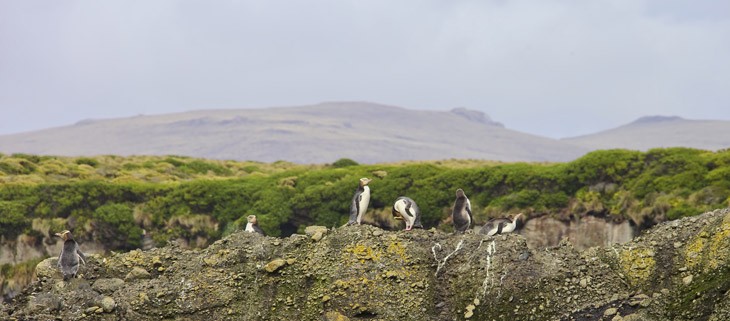
Invasive predators have devastated wildlife and plants on the island. They were introduced to the island from expeditions and shipwrecks and since arriving, the invasive mice, feral cats, and pigs have destroyed native bird populations and plants. Mice are especially dangerous to nesting seabirds because they attack chicks and eggs.
The New Zealand government recently announced that it will begin an operation to remove invasive species such as mice, pigs and feral cats from subantarctic Auckland Island. This ambitious project to remove pests from 46 thousand hectares of precious habitat will take place over the next 10 years as part of New Zealand’s plan to be Predator Free by 2050. The cost is expected to be between $40 and $50 million and will come out of the 2018 budget for pest control. While speaking at the Forest and Birds 2018 Conference, Conservation Minister Eugenie Sage said that $2 million dollars will be used over the next three years to do initial scoping work such as planning, which includes field trials. Sage commented:
Eradicating these pests from New Zealand’s fifth-largest island would see Auckland Island become the country’s largest pest-free island. It would complete the removal of introduced predators from all of New Zealand’s sub-Antarctic islands, cementing our reputation as a world leader in predator control.”
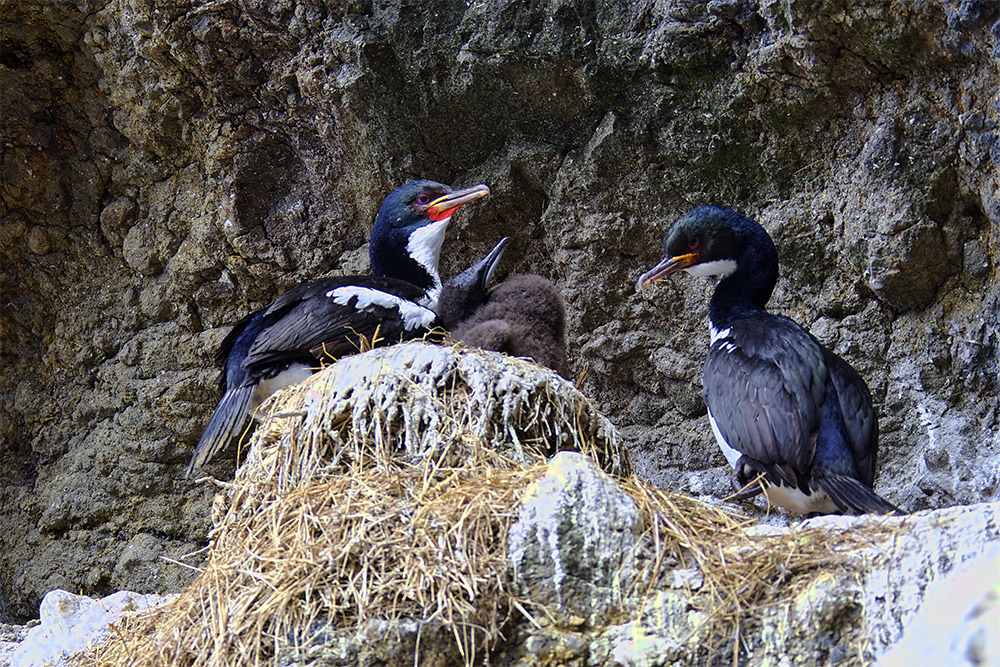
This archipelago is one of five groups that make up the subantarctic islands including Antipodes Islands where Million Dollar Mouse, a joint initiative between the Department of Conservation (DOC) and funding partners the Morgan Foundation, WWF-New Zealand, Island Conservation, and public supporters recently declared the successful removal of invasive mice. Now the Department of Conservation is looking forward to restoring Auckland Island and dedicated to protecting the largest and most biologically diverse island of the seven islands that make up the Auckland Islands. It is a very important habitat for nesting seabirds and is home to several species found nowhere else on earth: the Auckland Shag, Auckland Rail, Auckland Snipe, and the Auckland Teal.
Once the invasive species are removed, native species will be able to flourish again and they will be safe from the negative effects of the invasive species.
Featured photo: Yellow-Eyed Penguins on a ridge of a nearby island, Enderby Island. Credit: David
Source: New Zealand Geographic
Check out other journal entries we think you might be interested in.

October 29, 2025
Astounding evidence of recovery on Ulong Island in Palau after just one year!
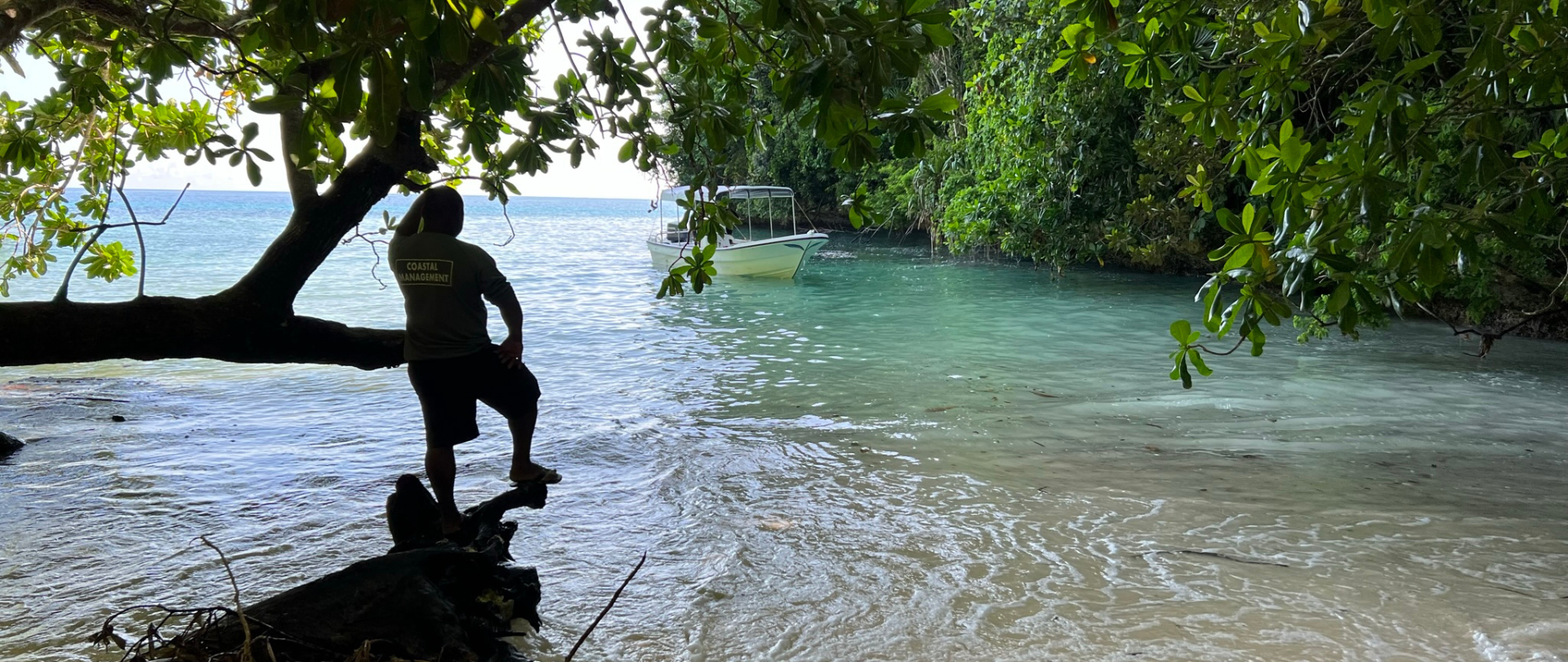
May 19, 2025
Read our position paper on The 3rd United Nations Ocean Conference (UNOC 3) to see why we're attending and what we aim to accomplish!
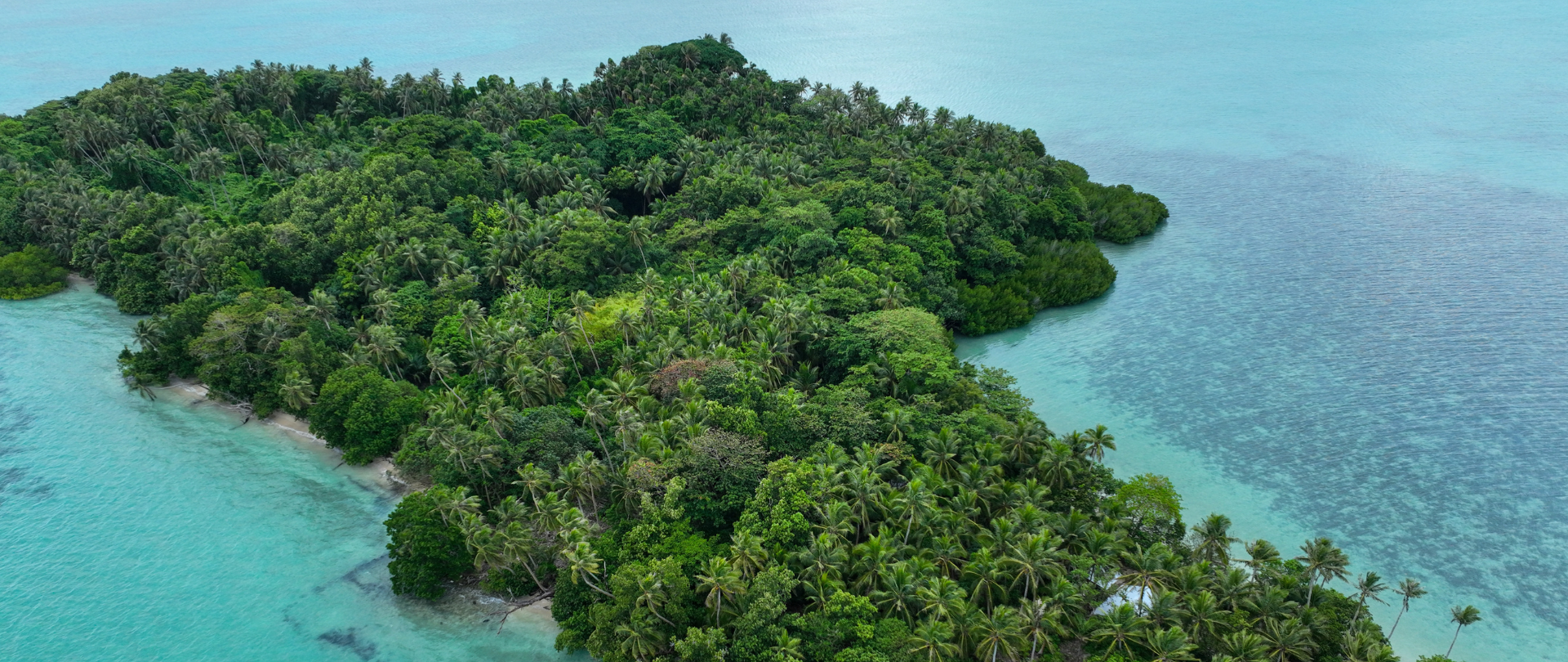
December 4, 2024
Ann Singeo, founder of our partner organization the Ebiil Society, shares her vision for a thriving Palau and a flourishing world of indigenous science!
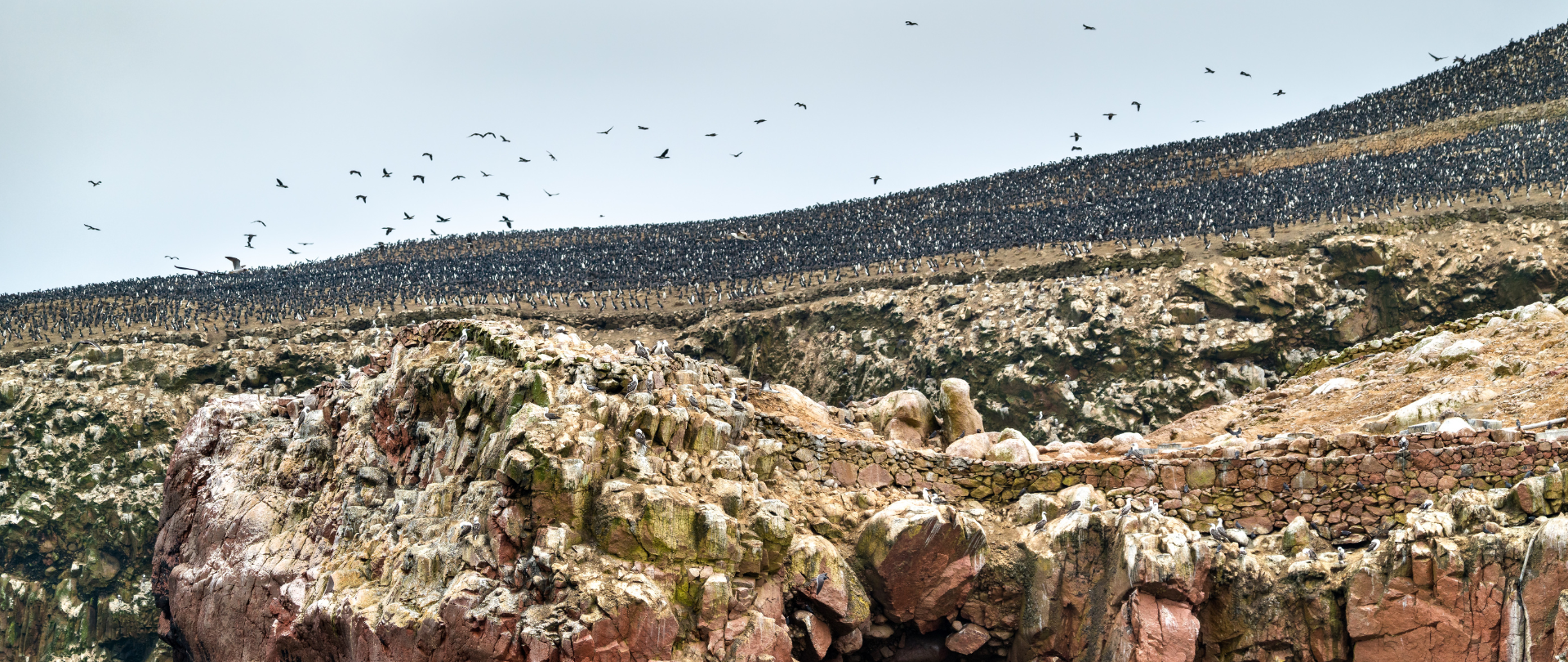
November 22, 2024
This historic agreement aims to protect the marine and coastal areas of the Southeast Pacific.
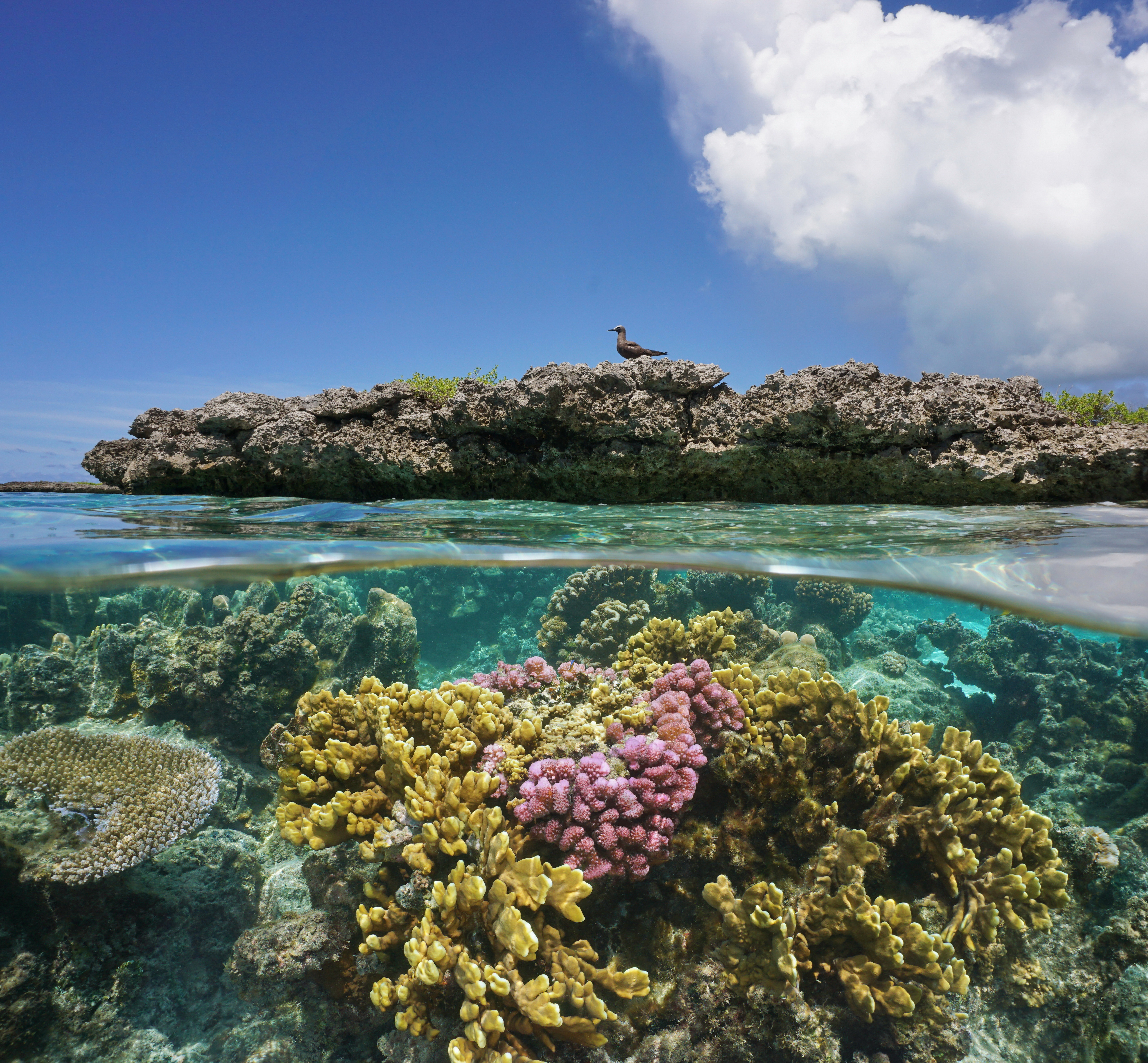
November 18, 2024
Our projects to restore key islets in Nukufetau Atoll forecast climate resilience and community benefits in Tuvalu!

October 3, 2024
Island Conservation and partners have published a new paper quantifying ecosystem resilience on restored islands!
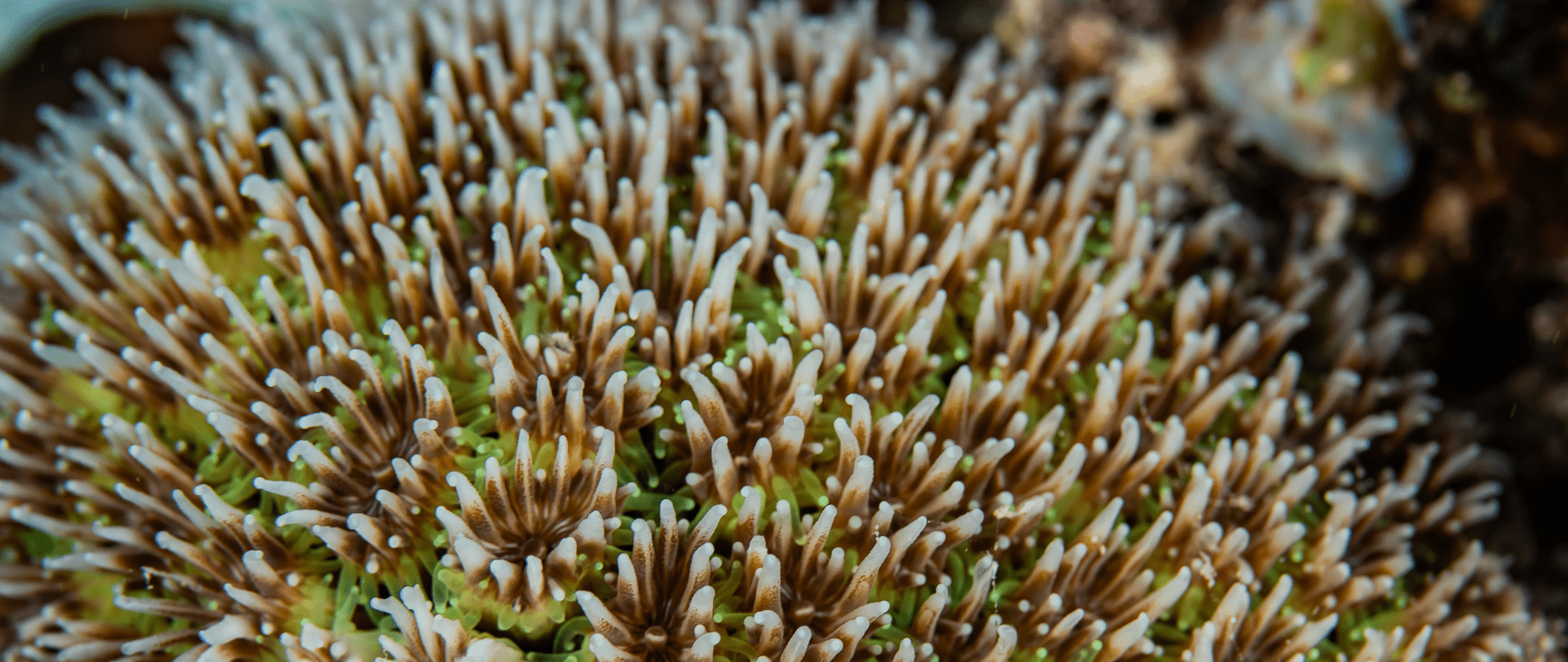
September 10, 2024
Climate Week NYC: what is it and why is it important? Read on to find out why Island Conservation is attending this amazing event!
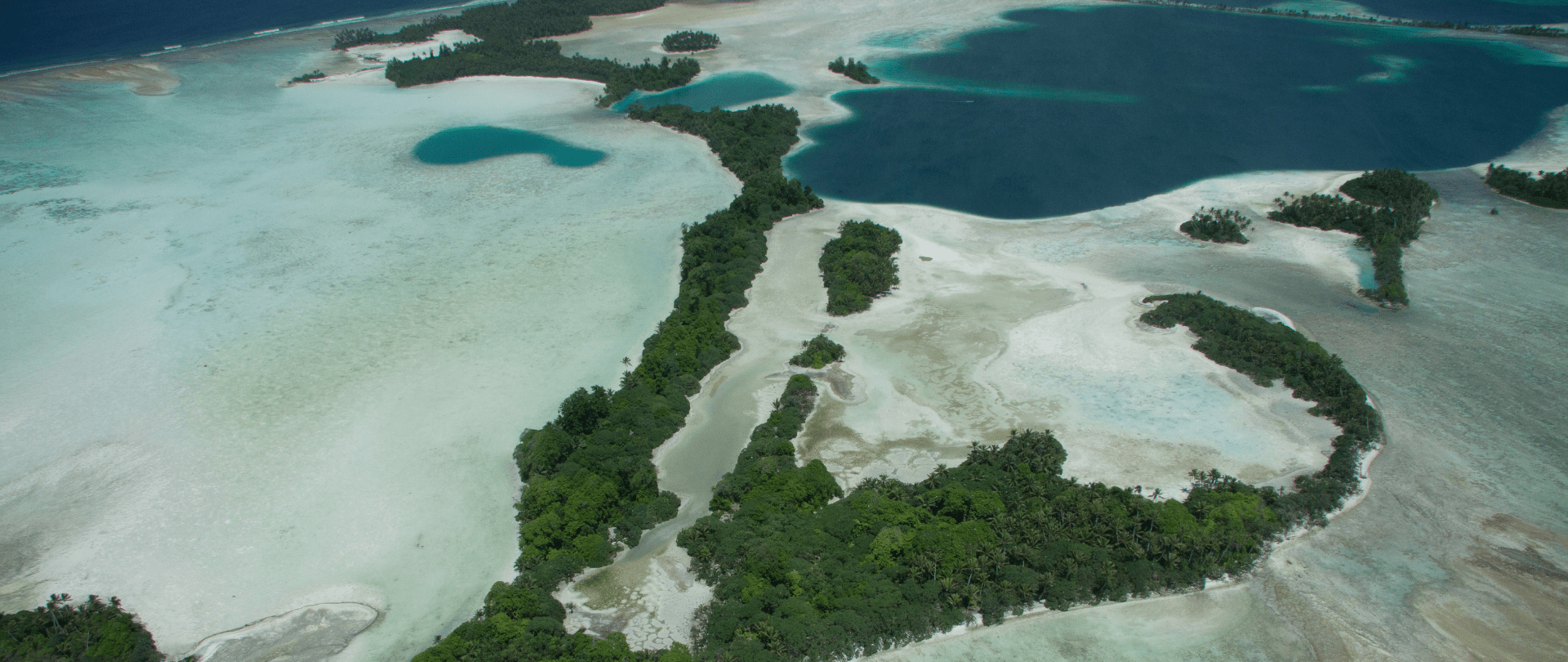
September 5, 2024
With sea levels on the rise, how are the coastlines of islands transforming? Read on to find out how dynamic islands really are!

December 14, 2023
Join us in celebrating the most amazing sights from around the world by checking out these fantastic conservation photos!
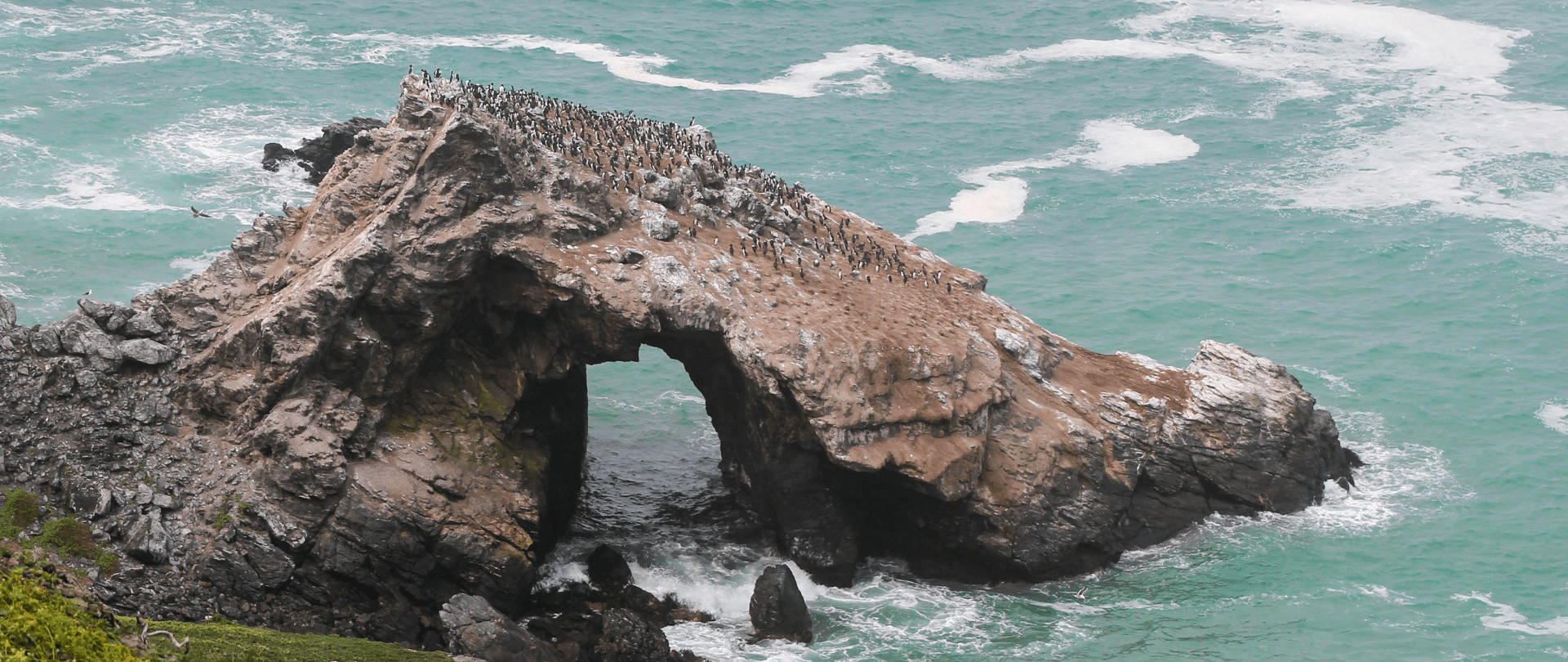
November 28, 2023
Rare will support the effort to restore island-ocean ecosystems by engaging the Coastal 500 network of local leaders in safeguarding biodiversity (Arlington, VA, USA) Today, international conservation organization Rare announced it has joined the Island-Ocean Connection Challenge (IOCC), a global effort to…